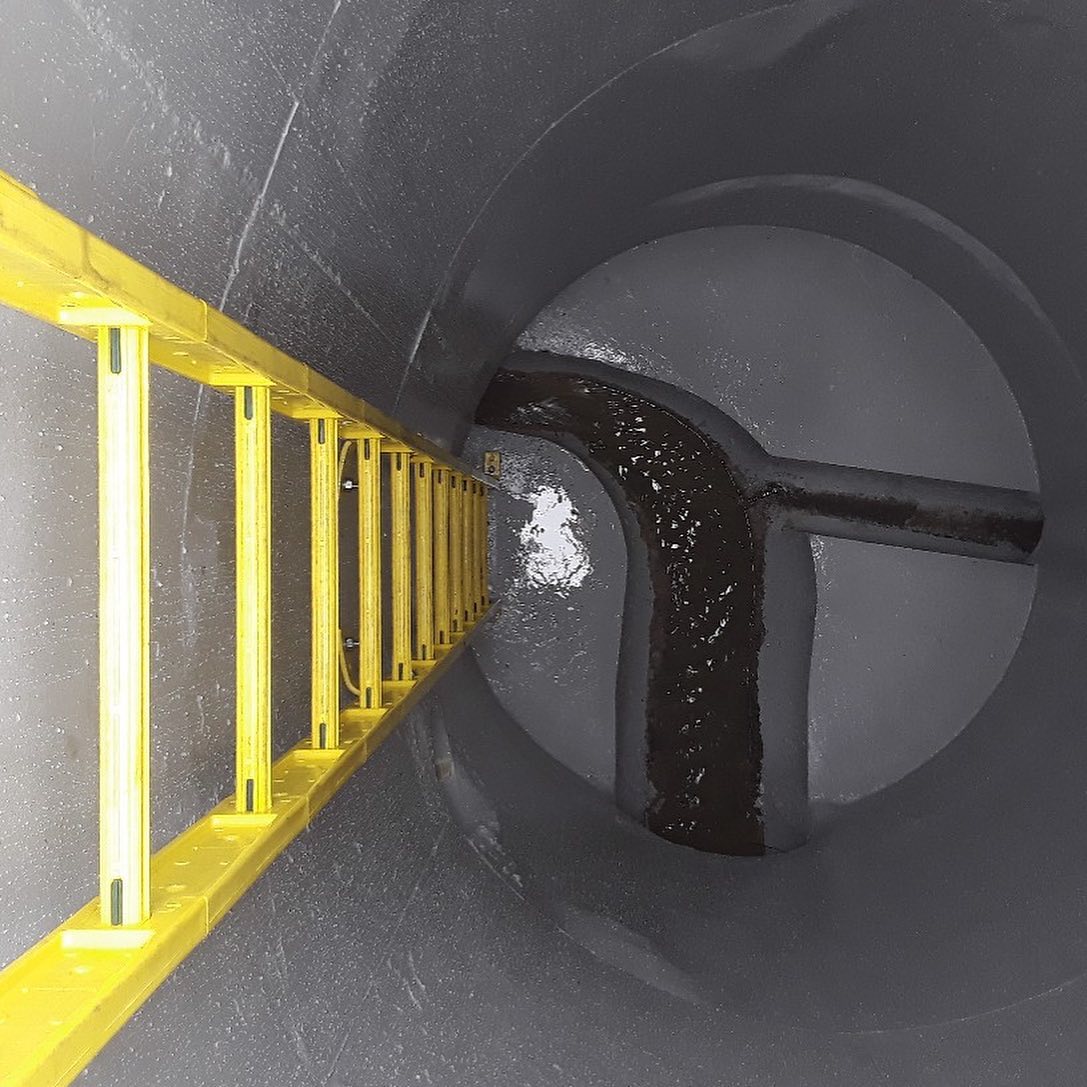Oil pipelines play a role, in the energy network by transporting crude oil and refined products over long distances. These pipelines face conditions that can cause corrosion wear and other types of harm. To protect these systems and ensure their durability, it is essential to apply coatings. This piece delves into the significance of coatings in safeguarding oil pipelines emphasizing the methods and materials used to protect these conduits.
The Importance of Coatings for Pipelines
Pipelines are constantly exposed to challenges due to their locations – whether buried underground, submerged underwater, or spanning remote terrains. They must endure moisture, temperature changes and physical strain. These factors can degrade the pipeline material without protection, resulting in leaks, ruptures, and expensive repairs. The repercussions of failures go beyond implications as they pose significant risks to both the environment and public safety.
Coatings act as a shield between the pipeline and its surroundings, preventing contact with elements. This protective barrier plays a role in preserving the integrity of the pipeline over time. By safeguarding against corrosion and physical harm, coatings help maintain a secure flow of oil while minimizing disruptions and extending the lifespan of the infrastructure.
Exploring Techniques for Coating Pipelines
Methods for applying coatings on oil pipelines are each customized to suit specific environmental conditions and operational needs. One adopted approach is the fusion-bonded epoxy (FBE) coating process. FBE is administered in powder form, heated, and then fused onto the pipeline surface. This method produces a coating that strongly adheres to the metal, offering resistance against corrosion and mechanical strains. FBE coatings prove effective for pipelines operating under temperatures and pressures, delivering lasting protection in demanding settings.
Another prevalent method involves applying three-layer polyethylene (3LPE) or three-layer polypropylene (3LPP) coatings. These coatings comprise a layer of fusion-bonded epoxy, a layer of adhesive, and an outer layer of either polyethylene or polypropylene. The combination of these layers forms a shield against corrosion, physical harm, and environmental pressures. 3LPE and 3LPP coatings find use in pipelines buried underground or submerged underwater, providing added defense against soil erosion and water infiltration.
Due to its distinct characteristics, polyurea has emerged as a material choice for pipeline coatings. Polyurea, a type of elastomer applied through spraying solidifies to create a flexible and long lasting layer. Its flexibility enables it to adjust to temperature shifts and ground movements, along pipelines without developing cracks or peeling. The seamless quality of polyurea also prevents spots that could lead to corrosion ensuring protection across the pipelines entire surface.
Benefits of Using Polyurea for Pipeline Protection
One major advantage of polyurea is its curing process. Administered polyurea hardens within minutes, enabling pipelines to resume operations. This quick turnaround proves valuable in scenarios where minimizing downtime is crucial. Moreover,, polyurea can be applied in conditions including high humidity and low temperatures, showcasing its adaptability.
In addition to its curing time polyurea boasts resistance against abrasion and chemical attacks. Pipelines frequently carry oil under pressure, which may erode the walls over time due to particles in the oil. The robust and abrasion-resistant surface of polyurea shields the pipeline from wear and tear, preserving its integrity and preventing leaks. Its ability to withstand chemicals like oil and other corrosive substances ensures that the protective coating remains unaffected, in challenging surroundings.
Polyurea offers an advantage in its ability to create a smooth watertight layer without the need, for seams or joints. Unlike coatings that may leave spots polyurea forms a continuous shield that blocks out moisture and harmful elements safeguarding the metal surface. This seamless application lowers the chances of corrosion. Prolongs the lifespan of pipelines making polyurea an excellent option for safeguarding infrastructure.
The Process of Applying Polyurea Coatings
To achieve outcomes when applying polyurea coatings, meticulous surface preparation and precise techniques are crucial. Prior to coating thorough cleaning is essential to eliminate any rust, debris or previous coatings that could hinder adhesion to the pipeline. Depending on the pipelines condition this preparation process may involve blasting or chemical cleansing.
After preparing the surface, specialized spray equipment is used to apply the polyurea coating. The spray gun blends the components of the polyurea in time to ensure application across the pipeline surface. Thanks to polyurea’s curing time, multiple layers can be swiftly applied one after another to build up the coating thickness as needed for protection.
Polyureas flexibility also makes it well suited for coating both the inside and outside of pipelines.
Exterior coatings shield the pipeline from elements, like moisture, UV rays and physical harm while interior coatings act as a barrier against the effects of the oil it carries. This dual safeguarding helps maintain the pipelines long term reliability by minimizing the chances of leaks and malfunctions.
Looking ahead at Pipeline Coatings
With the oil pipeline sector advancing there will be a growing demand for cutting edge coating solutions. The push for adaptable and eco friendly coatings is spurring innovation in the industry with polyurea emerging as a player in this progress.
Future enhancements in polyurea technology might focus on improving its performance under conditions such as sea or arctic pipelines. Improvements in UV resistance, chemical resistance, and adhesion capabilities could broaden its application scope, making it a versatile option for safeguarding pipelines across environments.
Apart from performance upgrades, the sustainability aspect of pipeline coatings will gain significance. The development of polyurea formulations and advancements in coating removal and recycling technologies will support the industry’s efforts to minimize its ecological footprint.
With regulations, on emissions and waste management getting stricter it’s crucial to embrace coating solutions to meet industry standards and ensure the long term sustainability of pipeline infrastructure.
In conclusion, maintaining the integrity and reliability of energy infrastructure hinges on the role of oil pipeline coatings. Polyurea stands out for its curing time, flexibility, and durability, offering a solution to shield pipelines from corrosion, abrasion, and environmental harm. As the industry confronts challenges and requirements, polyureas’ importance in safeguarding pipelines is set to rise with innovation and a focus on sustainability. By investing in cutting-edge coating technologies, the oil pipeline sector can protect its infrastructure for years to come, guaranteeing the smooth transportation of resources.




